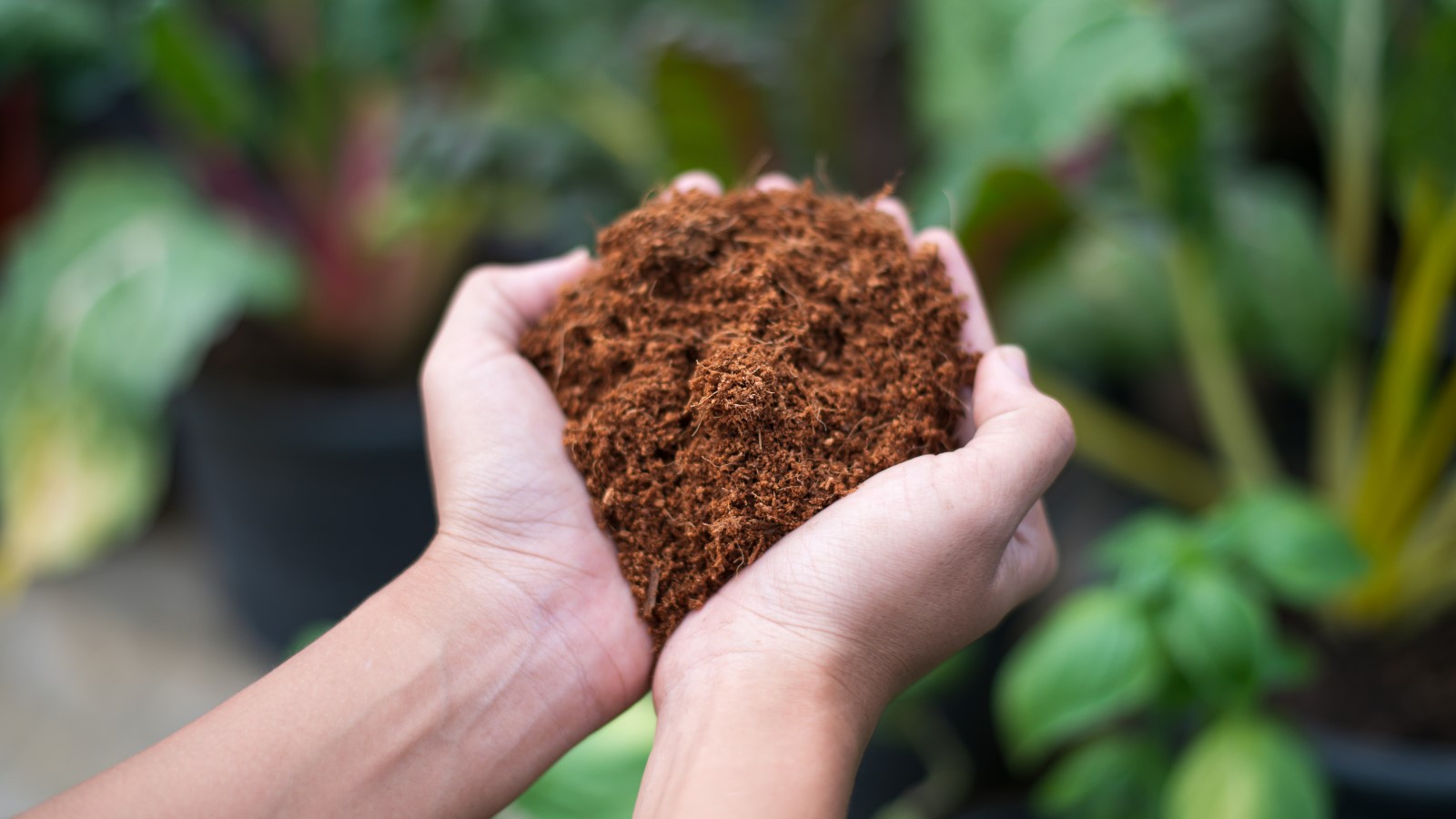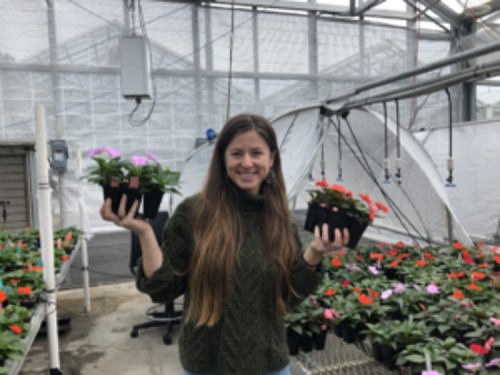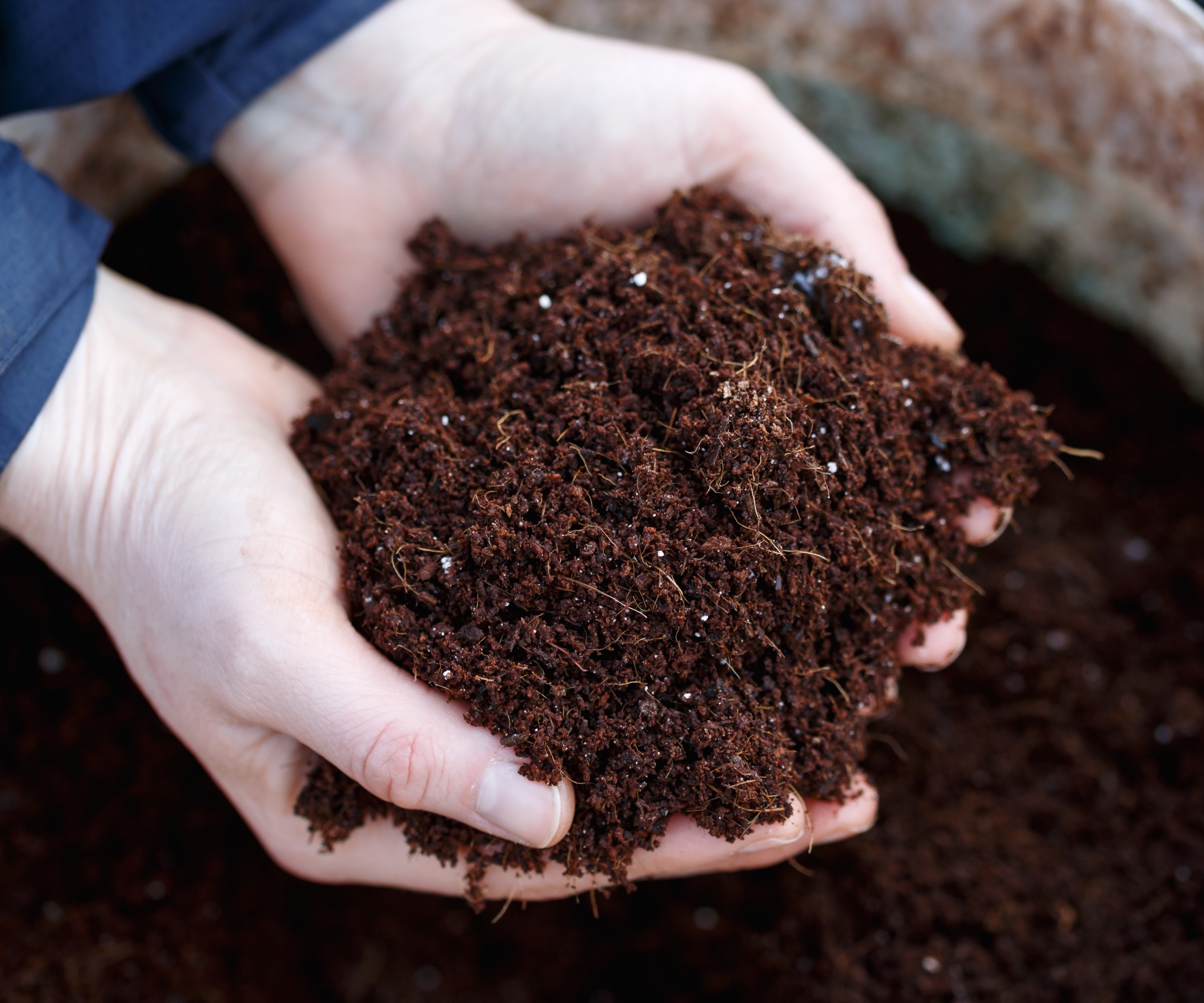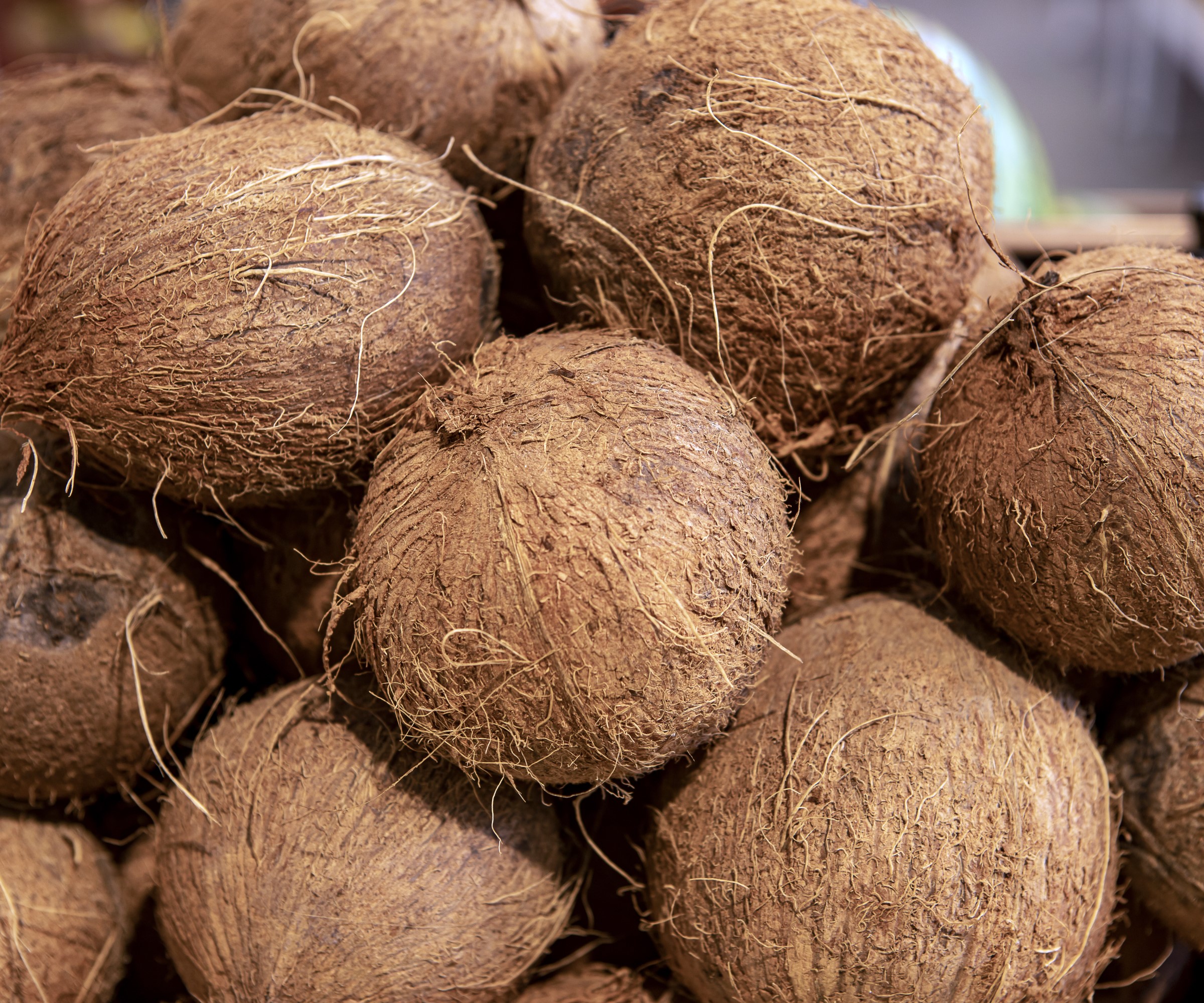Peat moss vs coco coir – gardening experts advise on the best growing medium to use in your garden
Take a look at the pros and cons of the two popular growing mediums


Peat moss has been a favorite among gardeners for over 50 years now, but we are being urged to consider its impact and look for peat moss alternatives. Coco coir is one of the most popular substitutes around, but does that too come with potential long-term concerns?
Sustainability is a key phrase in modern gardening and the impact of the growing medium we choose is top of the list of things that need rethinking. When considering what growing medium to use, you have to consider its benefits and how it will help your plants, as well as the wider consequences.
We take a look at the pros and cons of both peat moss and coco coir to try to help you find the solution to this problematic gardening quandary.

What is peat moss?
Peat moss is a traditional growing medium made from decomposed sphagnum moss that is prevalent in peat bogs. It has been a popular choice for improving soil health and fertility since the middle of the 20th century as the medium is primarily great at holding water and nutrients.
Peat moss can be bought by gardeners to add to home potting mixes, such as Espoma PTM8 8-Quart Organic Peat Moss available at Amazon.
Pros of peat moss
Peat is made from partially decomposed plants and organic matter and that contributes to the fact it is high in nutrients and has strong water-holding abilities. It is regarded that peat moss can soak up to 20 times its own weight in water, which it will then release slowly to plants. As well as water-retaining capabilities, peat moss can also improve soil texture in backyard beds, raised beds, or in container gardening.
Mary Vargo, Clemson University Urban Horticulture Agent and Master Gardener Coordinator, says that peat moss is ‘easy to work with, inexpensive, and easy to find in stores’ and that it is suitable for all kinds of uses in gardening.
Design expertise in your inbox – from inspiring decorating ideas and beautiful celebrity homes to practical gardening advice and shopping round-ups.
She adds: ‘Peat moss is typically used to amend planting medium recipes/mixes. This varies from seed starting mixes, potting mixes, etc. Peat moss can also be used outdoors, mixed into a planting bed, and is often added to soil to lighten, aerate, and help retain moisture in areas where soil may be compacted, and drainage is an issue.’

Peat moss can aid drainage

Mary Vargo is a Clemson University Urban Horticulture Agent and holds a B.Sc. in Horticulture (2018), as well as an M.Sc. in Plant and Environmental Sciences (2020). She has a wide range of experience, including the likes of interning in France at Claude Monet’s House and Gardens to teaching plant ID and greenhouse production courses in graduate school. Mary is passionate about cut flower production, ornamental landscape plants, and identifying native plants and plant communities in South Carolina.
Cons of peat moss
The main issue with peat moss is with regards sustainability and gardeners around the world are being advised to stop using the material and look around for alternatives.
The harvesting of peat moss destroys habitats and such peat bogs take centuries to form and cannot quickly be replenished. As such, peatlands absorb carbon dioxide, so destroying them contributes to global warming. Sales of peat and peat moss to amateur gardeners will be banned by 2024 in the UK. There is no such ban on the horizon in North America, however, where Canada is the source for most of the peat moss on the market.
Away from the sustainability side, another negative to peat moss is that it has a pH of around 3.5-4 - which is more acidic than many plants prefer – and can make soil more acidic over time.
What is coco coir?
Coco coir has become increasingly popular as an alternative to peat moss in recent years. The material is a byproduct of coconut production, where the fibers of the coconut husks are processed into a peat-like substance.
Coco coir is commonly used as a liner for hanging baskets and also as an eco-friendly growing medium for both seed composts and potting mixes. It is bought to be added to home compost mixes, such as Organic Garden Coir from Burpee.
You see biodegradable pots made from coir and it is popular as a hydroponic growing medium. In my last five years as a professional gardener, the gardens I worked in primarily used peat-free composts that incorporated coir for both starting seeds and potting on plants.

Coco coir is a byproduct of coconut production
Pros of coco coir
Coir does have a great water-holding capacity, it actually holds more water than peat moss, however it does not hold that water as long as peat moss. However, it is easier to re-wet when it dries out than peat moss is.
The pH of coir is less acidic than peat moss, usually a pH from 5.8-6.8, and that makes it closer to the ideal level for many plants. Coir can also last a long time in the soil as it decomposes slowly over two or three years and it also improves the aeration of any soil types.
Coir does have a high cation exchange capacity, meaning it stores nutrients until they're needed by plants and then releases them slowly over time. As a waste product from coconut production, and the fact coconuts readily grow on trees, coir is always available as a product and more sustainable than peat moss.
Coir can be used in the same various ways as peat moss, including as a potting soil, top dressing, or as a type of mulch. Mary Vargo from Clemson University adds: ‘For folks wanting to get away from using so much peat, coco coir is one of the few options available in the market for starting seeds. It looks and feels similar to peat moss.’
Cons of coco coir
A disadvantage of coir is that it does not have much in the way of nutrients itself and needs extra fertilizer to provide plants with all the nutrients they desire. Though it does hold water, it is not always evenly distributed. The soil may look dry at the top of a pot, for example, but be wet at the bottom – so it always needs checking down into the soil when it comes to when to water plants.
Coir often comes as a compressed block that expands in volume when water is added, so when the material does dry out it can be liable to be compact. An example of coir blocks is the Organic Coconut Coir Concentrate Seed Starting Soil 2-pack at Burpee.
There are also some questions about the overall environmental impact of coir. Ruth Hayes, gardening expert for Homes & Gardens, mentions some concerns that have been brought up by gardeners about the environmental and human costs of such substitutes for peat moss.
She says: ‘Farmed in the Far East, swathes of natural forest are being destroyed to make way for palm plantations, vast amounts of fresh water are needed to make the coir usable and it then has to be transported round the world, adding to its carbon footprint.’

Ruth is the gardening editor of Amateur Gardening magazine and is horticulturally trained, with a qualification from the Royal Horticultural Society. Her work for Homes and Gardens and Amateur Gardening, the world's oldest weekly gardening publication, involves matching gardening tasks with each season, covering everything from sowing and planting, to pruning, taking cuttings, dealing with pests and diseases and keeping houseplants healthy.

There are questions around whether coco coir is sustainable as people first think
Which material should you use?
When it comes to peat moss vs coco coir, both products have their pros and cons, so it is vital to weigh up all the factors before deciding which one is right for your needs. It could depend on your circumstances, for example if you have a soil that is alkaline then you may prefer peat moss as plants would benefit from its more acidic pH. Whereas, location could also come into play, if you live somewhere dry then you may favor coco coir as it holds more moisture than peat moss.
Both do admittedly have their sustainability or environmental impacts to consider, so there is no perfect solution at the moment. Consider your need, weigh up the impact, and make a decision that sits best with you.
FAQs
Can I mix peat moss and coco coir?
Yes, peat moss and coco coir can be mixed together. They are both great additions to soil and combined would offer lots of benefits. Together they will boost the water-retention capacity of the soil and both improve the drainage and aeration.
Using coco coir with the peat moss will lessen the acidity of the peat moss, which will be beneficial to the plants who would rather a more neutral pH. It is recommended to test the pH of soil to help you get the right level for your plants and it can be done with a simple soil test kit, available from Amazon
Peat moss and coco coir offer real benefits to gardeners, but both come with their drawbacks. It is a problematic subject for many gardeners to find what works for them, both for their plants and their conscience. I have found that coir-based composts worked well for me as, both in the gardens I worked in and at home, I have actively reduced my peat usage in recent years. Discover peat alternatives for growing flowers to take your peat-free journey further.

Drew has worked as a writer since 2008 and was also a professional gardener for many years. As a trained horticulturist, he worked in prestigious historic gardens, including Hanbury Hall and the world-famous Hidcote Manor Garden. He also spent time as a specialist kitchen gardener at Soho Farmhouse and Netherby Hall, where he grew vegetables, fruit, herbs, and cut flowers for restaurants. Drew has written for numerous print and online publications and is an allotment holder and garden blogger. He is shortlisted for the Digital Gardening Writer of the Year at the 2025 Garden Media Guild Awards.